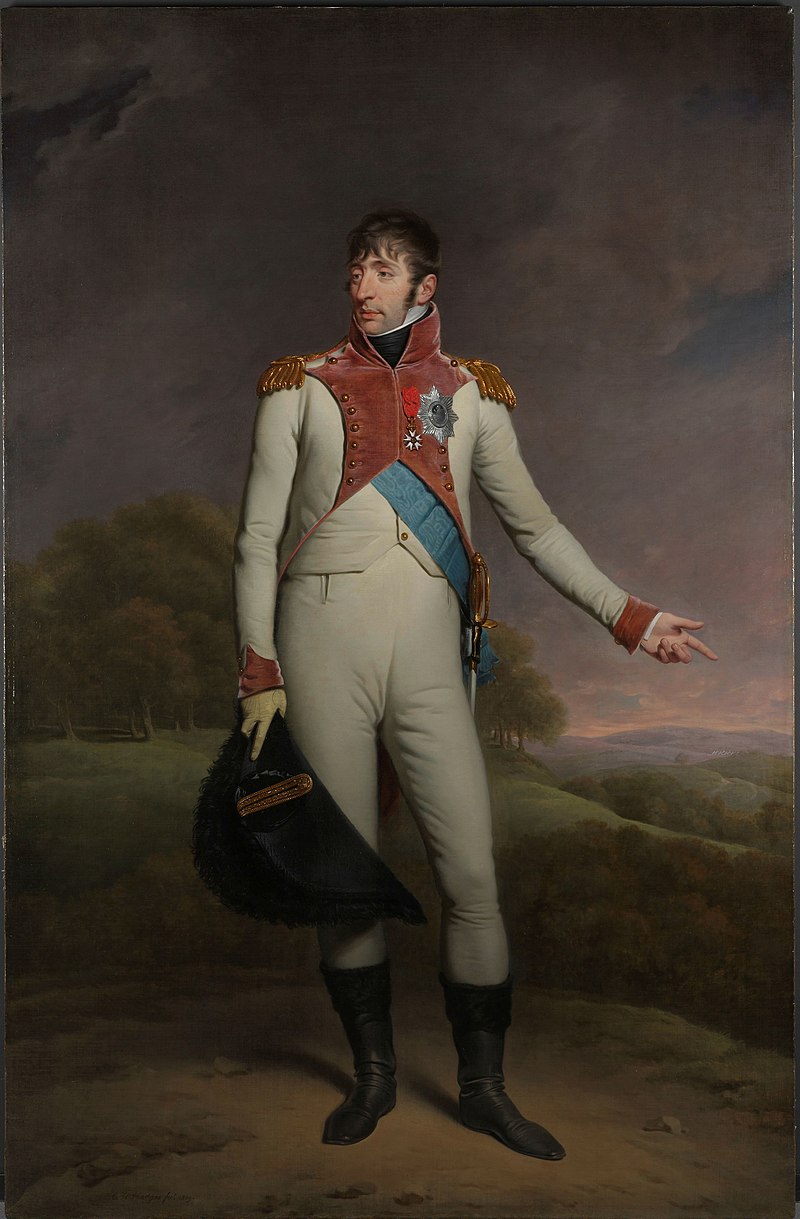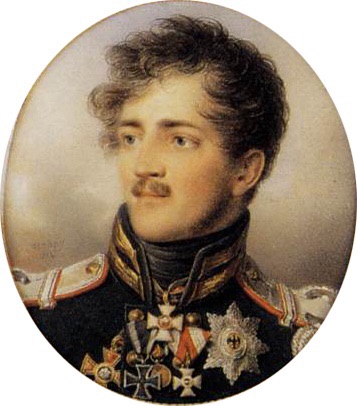Battle of Antwerp
The Battle of Antwerp was a conflict fought between Britain, Holland, and America against the Napoleonic French Empire. Napoleon had placed his brother, Louis, as the King of Holland, believing he would be a puppet. However, Louis and King Augustus II of America began a correspondence after meeting through their respective wives. During the correspondence, Louis was convinced to abandon Napoleon's idea for Europe and join the coalition.
A combined force of American and British forces successfully landed in the town of Walcheren and quickly established a foothold in Antwerp and Flushing reinforced by local Dutch units. Napoleon dispatched his marshalls north to repel the invading forces while he led his main force against the Austrian in Wagram.
The battle was a victory for the coalition, as their defenses held against the attacking French. The marshy conditions of the Dutch fields didn't allow for proper deployment of French artillery, severely impacting their capability to affect the outcome of the battle.
The Conflict
Prelude
Napoleon placed his brother, Louis, as the dutch king, believing he would be a puppet. However, Louis was persuaded to side with the Coalition. Louis had worked to improve the lives of his adopted Dutch subjects. Through his efforts during natural disasters, he gained the moniker Louis the Good, much to the chagrin of Napoleon. Louis’s wife, Queen Hortensia, corresponded with her close friend Elizabeth, Queen of America. Through them, King Augustus and King Louis met, and began diplomatic discussions. During these discussions, Augustus was able to capitalize on Louis's newfound care for his subjects to agree to Coalition efforts.
Deployment
The Coalition forces were placed under the supreme command of John Pitt, 2nd Earl of Chatham. The Dutch had few artillery units in comparison to the French. Those that were able to be consolidated in the city were entrenched on the south-western edge of the city. The British reinforced these with their own artillery, concentrating on the south. America did not deploy any artillery to Holland.
The Coalition forces subsequently flooded the surrounding countryside, making the terrain difficult for the French artillery and cavalry. The French field marshals attempted to deploy their units in similar fashion as previous battles, having already conquered the Netherlands once before. However, the British were capable of utilizing the terrain to circumvent the historical French tactical advantages.
Battlefield
The battle commenced in the fields surrounding the city of Antwerp. The Dutch defenders and their allies had the clear advantage of pre-deployment. The outskirts of the city were turned into barricades, and the roads were used to quickly station artillery that would otherwise be bogged down in the marshy terrain.
Conditions
The fields made for difficult terrain for artillery placement, severely impacting the French's capabilities to attack the defenses. Cavalry effectiveness was similarly impacted. Without sufficient support, the French infantry suffered higher casualties than in historical battles.
The Engagement
The superior French forces were unable to breakthrough the defenses of the city. The artillery the Dutch forces were capable of mustering tore through the French attackers, while the combined coalition infantry under British supreme command managed to hold positions throughout the engagement.
Outcome
French Imperial Forces were defeated. Britain and America were able to successfully establish a foothold in Holland. American forces held the Dutch cities while Britain's superior numbers attempted to push south. Louis Bonaparte and Holland officially joined the Fifth Coalition upon its declaration, opening a northern front to Britain's Peninsular War in the south.
Aftermath
Despite his victory at Wagram, Napoleon was forced to fall back and establish defenses on the French north. This brought all sides to the negotiating table, and the War ended in a stalemate.
Napoleon's prestige in Europe greatly diminished. Russia broke their initial agreement and began trading with Britain once again. This led to Napoleon invading Russia, losing a large portion of his military.
Historical Significance
Legacy
Louis Bonaparte gained admiration in Holland as a defender of their independence. Upon Napoleon's eventual defeat, the Concert of Europe allowed Louis to retain his position as king in recognition of his efforts in the Wars against his brother. Austria ceded the Spanish Netherlands to Holland, and Britain returned most of the Dutch pre-war colonial holdings. The failure to return the entirety of them, particularly Cape Colony in South Africa, led to eventual rivalries between Britain and Holland.
Belligerents
France
Strength
Casualties
Objectives
Establish a landing in Holland so as to attack Napoleon's forces from the north.
Repel the invading forces, and remove Louis Bonaparte from the throne of Holland.






This is some prime alternate history right here. Well done!
Thank you very much!